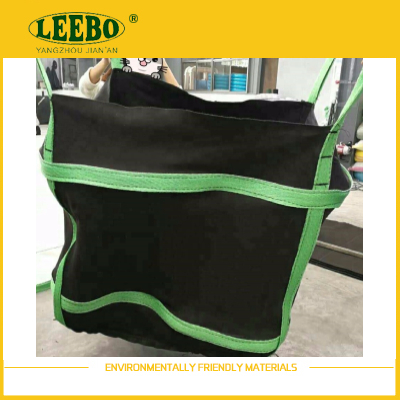Key aspects of geo tubes
2023-11-10
A "geo tube" typically refers to a geotextile tube or geotube, which is a large, tubular structure made of geotextile fabric. These tubes are used in various civil engineering and environmental applications. Here are some key aspects of geo tubes:
1. Material: Geo tubes are constructed from high-strength, permeable geotextile materials. These materials are designed to withstand environmental conditions while allowing water to pass through.
2. Applications:
- Dewatering: Geo tubes are often used for dewatering applications. They can be filled with sediments, sludge, or dredged material, allowing water to drain out while retaining the solids within the tube.
- Shoreline Protection: Geo tubes can be employed for coastal and shoreline protection projects. They can help control erosion and provide stability to shorelines.
3. Construction Process:
- Geo tubes are typically deployed by pumping slurry (a mixture of water and sediments) into the tube. As the water drains out through the geotextile fabric, the solids are retained within the tube.
4. Environmental Benefits:
- Geo tubes are considered environmentally friendly because they can be filled with dredged material rather than using traditional methods of disposal. This can reduce the need for landfills and promote sustainable waste management.
5. Erosion Control:
- In addition to shoreline protection, geo tubes can be used on slopes or embankments to control erosion. They provide stability and prevent soil displacement.
6. Temporary Structures:
- Geo tubes are often used as temporary structures in construction projects. They can be easily filled, transported, and installed, making them a flexible solution for various applications.
7. Geotextile Tube Varieties:
- There are different types of geotextile tubes designed for specific applications. Some are made for high-strength applications, while others may be designed for specific environmental conditions.
Geo tubes have become popular in environmental and civil engineering projects due to their versatility, cost-effectiveness, and environmental benefits. They are used in projects ranging from beach nourishment and land reclamation to wastewater treatment and industrial applications.



